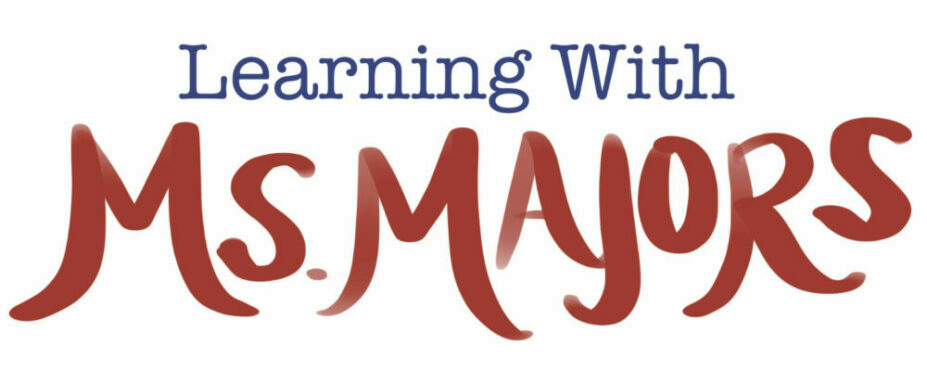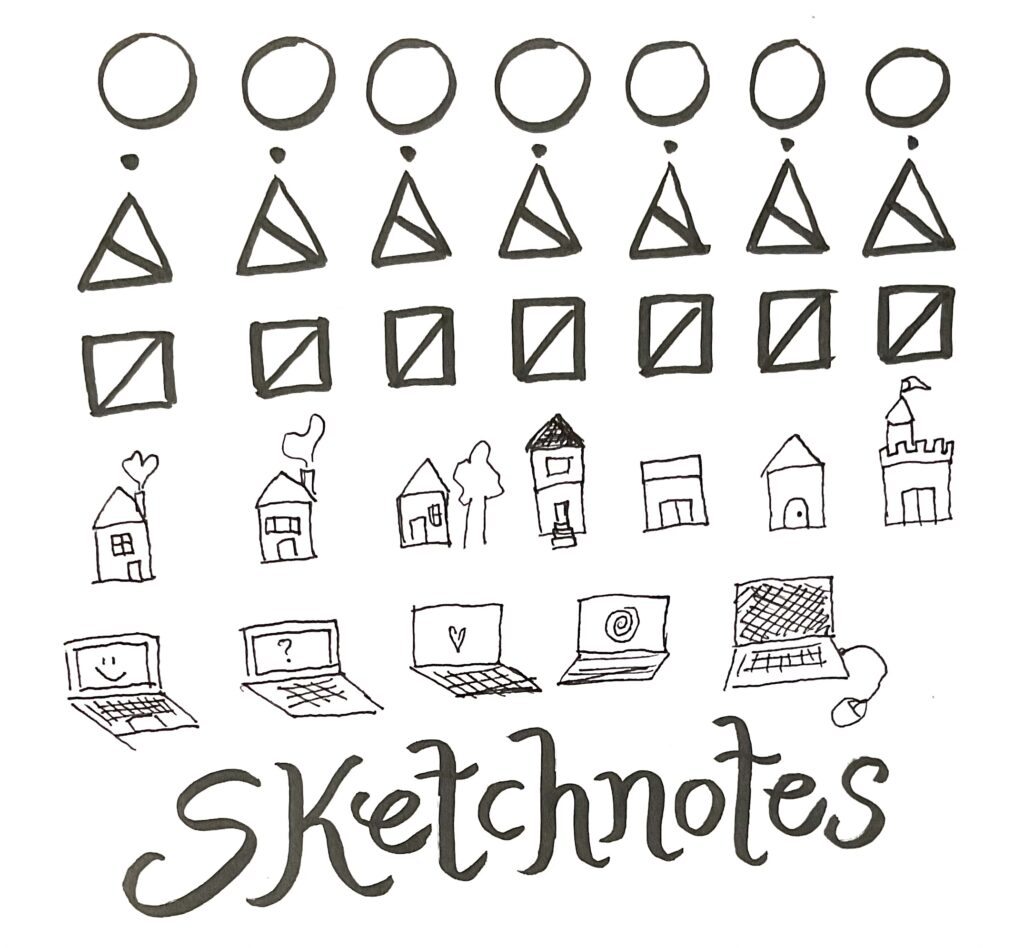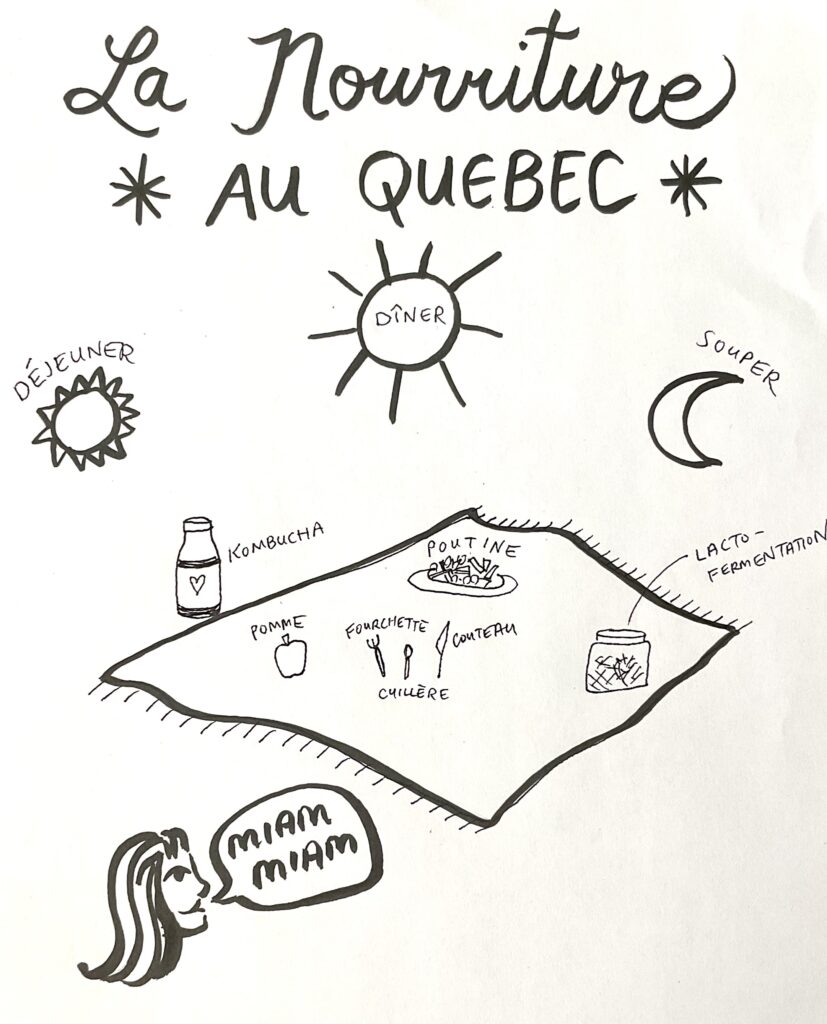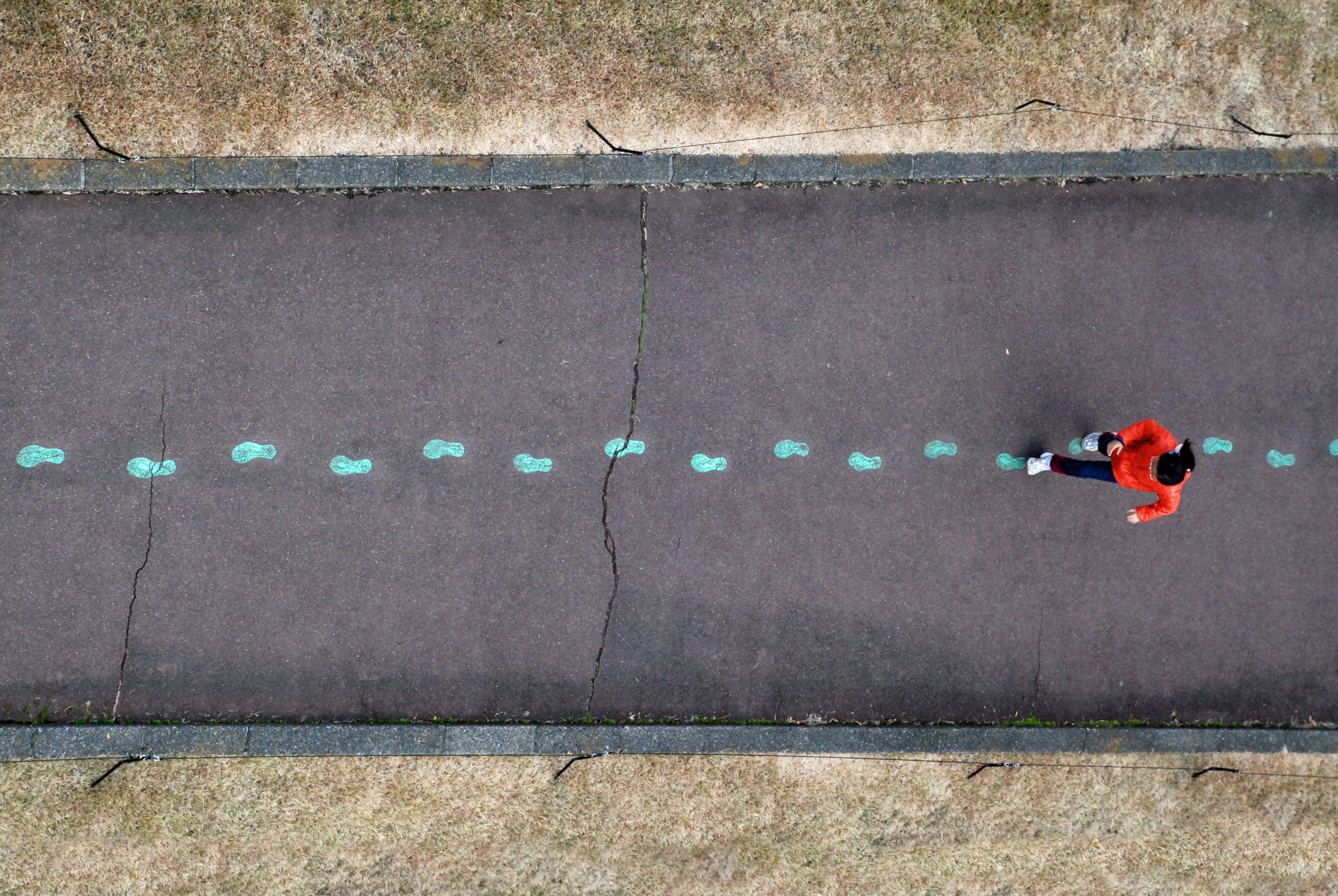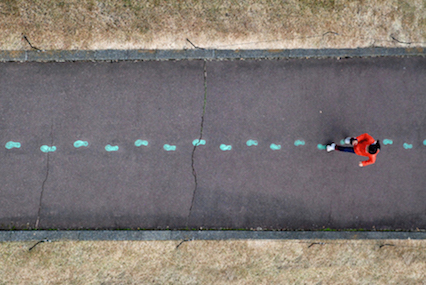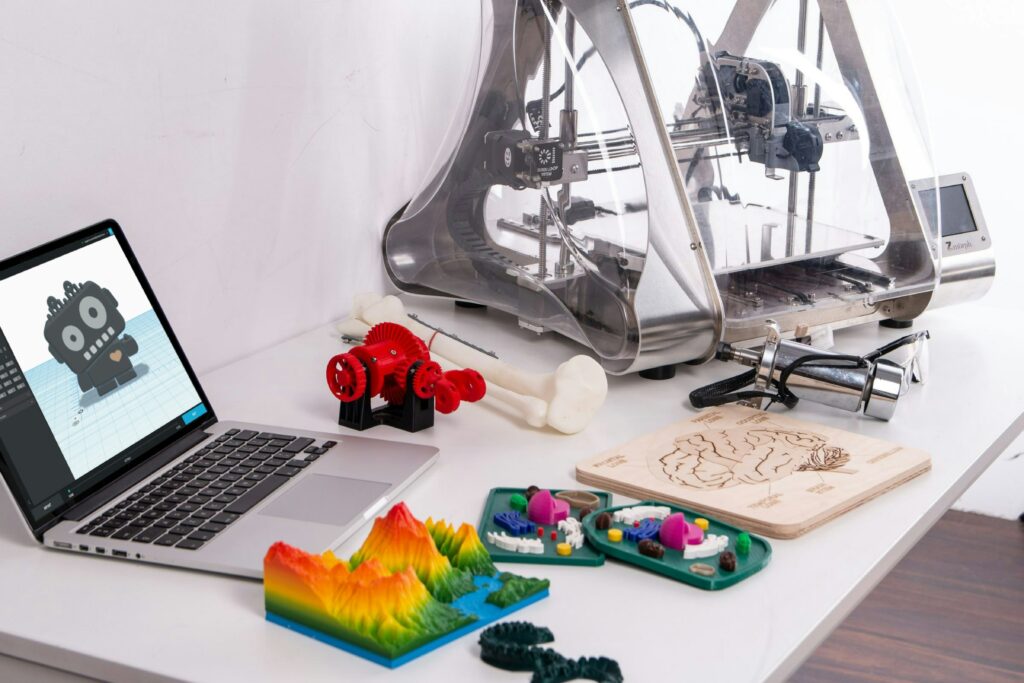
In today’s class of IED 336, we worked through an introduction to 3D Design and 3D Printing. I had never experienced this technology before, so I had some trepidation mixed in with my curiousity. By the end of the class, I was pleasantly surprised by the robust environmental ethics of what I previously had condemned as being just another plastic-worshipping, consumeristic tech hobby.
The pros of using this technology in elementary schools are manifold. For one thing, this is a inherently creative project. Although it is designing on a screen, 3D printing is a bridge between worlds. Rich mentioned how people light-up when they get to hold in their hands something that they designed on a computer. It must be a magical, empowered feeling, which is a great confidence to instil in our students.
This technology also lends itself to giving a lot of room for choice and differentiation. Students can be given many options to choose from and can feel freedom in making their own decisions, especially because the materials are relatively inexpensive and because the design can be approved of by the teacher before being printed. Or, if the design isn’t pre approved, the student can learn from their mistakes of what went wrong.
One way to differentiate this activity would be to offer students the choice to select an item from the Thingiverse, a library of free 3D designs that can be modified using Tinkercad (the web-browser software that we used to design our key chains and dice today). Or, students can simply print the item from Thingiverse and then personalize it by painting it with acrylic paint, which is a low-barrier, inclusive option for students struggling with the 3D design element.
This technology is a tool that can be used to connect diverse curricula, including math, language arts, history, language revitilization, art and design, baking (e.g., cookie cutters!), science (e.g., Ru Goldberg machines!), and environmental studies (e.g., teaching students how to repair broken items!).
As I mentioned, the environmental impact of UVic’s 3D printer impressed me. The “plastic” (PLA plastic) that is used in this particular printer is food safe and biodegradable in a commercial composter. It is made out of sugar cane or corn starch, which doesn’t mean it has zero impact. I think that doing a deeper dive into how this material is made would be a valuable inquiry for a science class (e.g., where is the corn or sugar grown?).
Another environmental boon of this technology is that it only uses about 100 wats (around the amount of an old light bulb) while running. I expected it to be much more of an energy drain than this.
To be clear, I do not want to greenwash this tech. There are still ways that it can promote consumerism, for example, by encouraging the creation of unnecessary or flimsy objects that get thrown away. Like with all areas of education, intention and discussions about “why are we doing this” are essential components to consider with students.
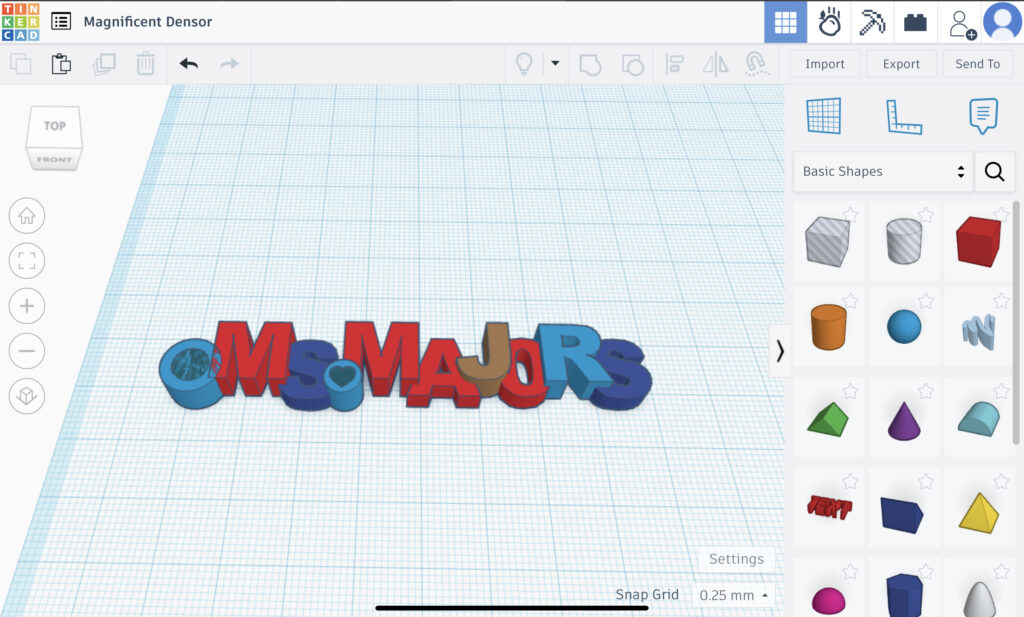
Overall, even if it is not the most accessible and it could potentially cause myriad issues (e.g., frustration or simply too much screen time), I am convinced that 3D Design and 3D Printing is a potent tool that can be used with students to increase tech literacy.
